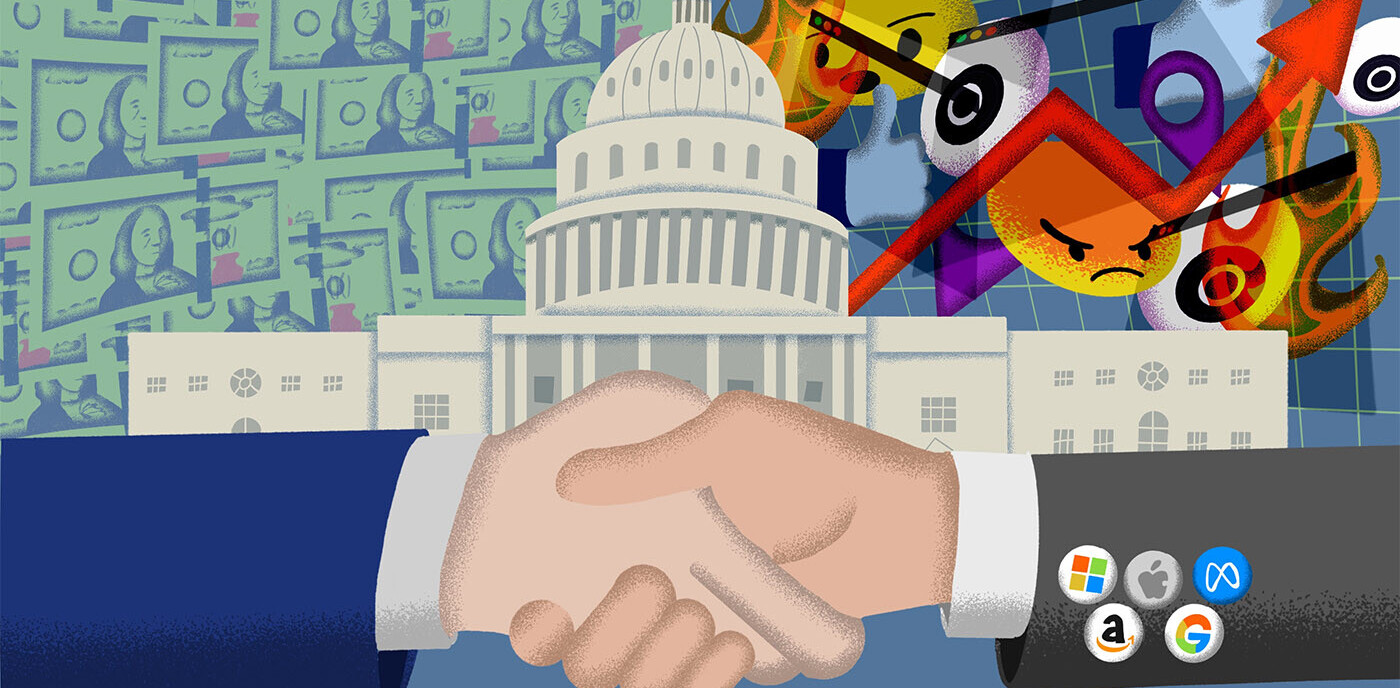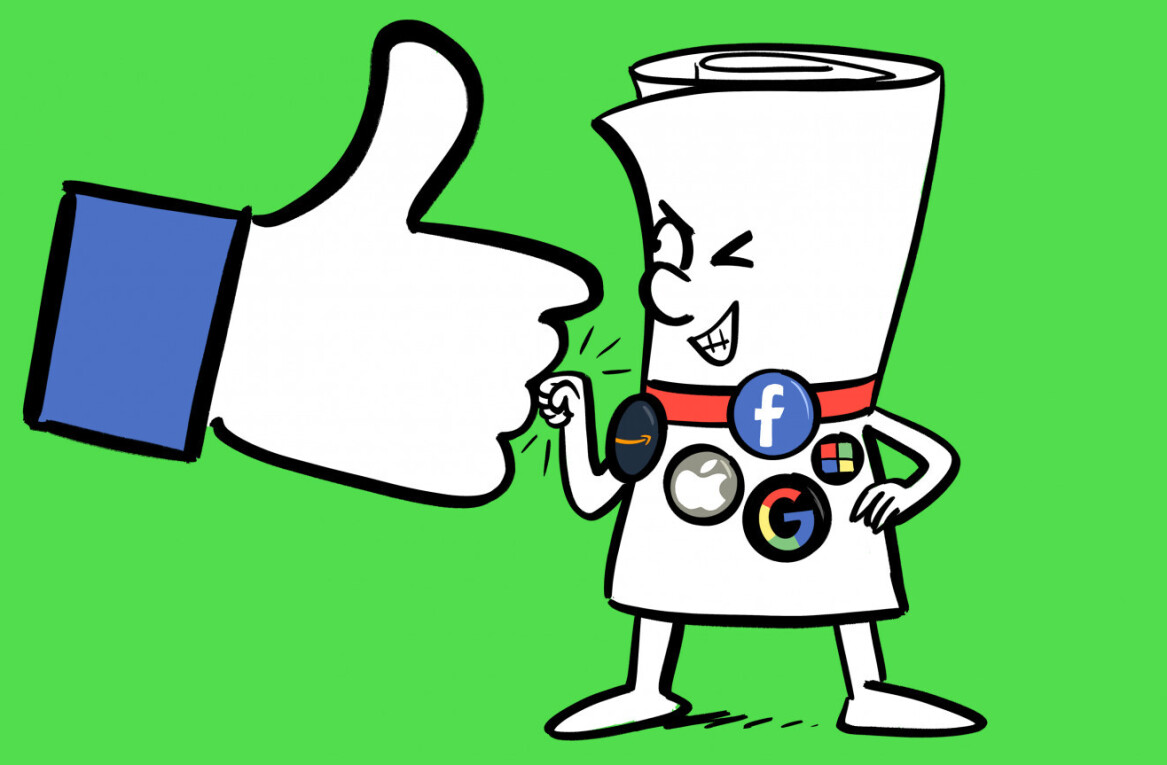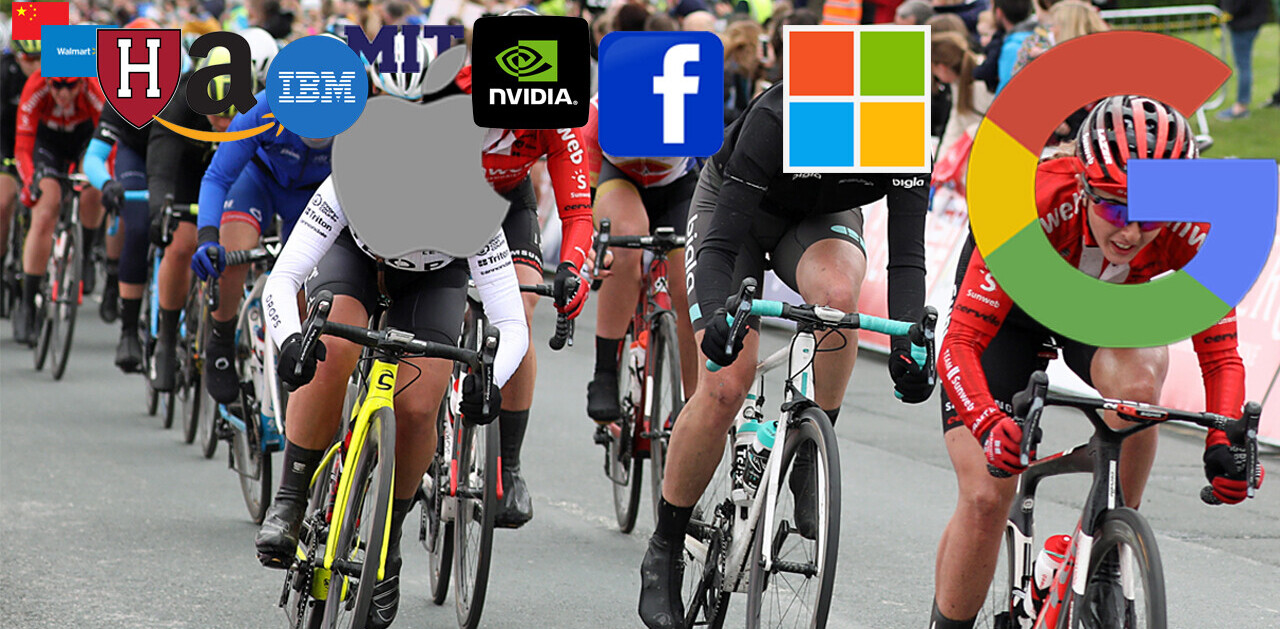
No matter how far we come with technology, it seems that the pain of intermittent connectivity will always plague us. Even in major cities like New York, you’d be hard pressed not to lose cell reception at random, yet highly inconvenient times as you travel across town.
With this in mind, MIT Developers may have solved some of our data woes with a new method of utilizing error correcting codes.
Developers at MIT have announced a new technique of encoding information “so that it can be transmitted across a communication channel — such as an optical fiber or a wireless connection — with perfect fidelity, even in the presence of the corrupting influences known as noise.”
According to Gregory Wornell, a professor in the Department of Electrical Engineering and Computer Science at MIT, the breakthrough is that the system never repeats transmissions. “We send the first part of the codeword. If it doesn’t succeed, we send the second part, and so on…We always send the next part rather than resending the same part again.”
Wornell continues, explaining that if you “marry the first part, which was too noisy to decode, with the second and any subsequent parts, they together constitute a new, good encoding of the message for a higher level of noise.”
More details from the MIT News Office:
An encoded message is called a codeword; the noisier the channel, the longer the codeword has to be to ensure perfect communication. But the longer the codeword, the longer it takes to transmit the message. So the ideal of maximally efficient, perfectly faithful communication requires precisely matching codeword length to the level of noise in the channel.
…As anyone who’s used a cellphone knows, reception quality can vary at locations just a few feet apart — or even at a single location. Noise measurements can rapidly become outdated, and wireless devices routinely end up using codewords that are too long, squandering bandwidth, or too short, making accurate decoding impossible.
As far as how long it will take for us to see this sort of breakthrough impact the cellular industry, H. Vincent Poor, the dean of the School of Engineering and Applied Science at Princeton University, believes that the method developed by Wornell and his colleagues is highly practical and sees little reason for it to not be embraced quickly by providers.
Get the TNW newsletter
Get the most important tech news in your inbox each week.





